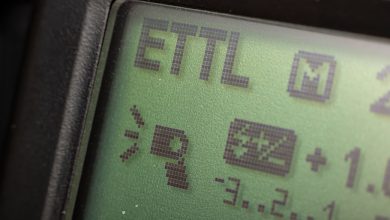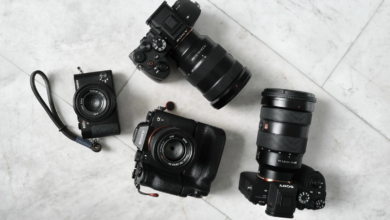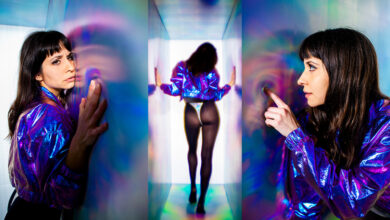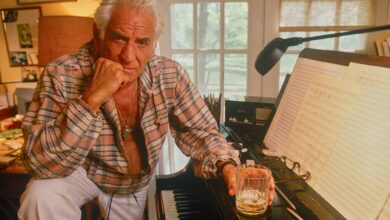5 New (and Old) Movies You Must See As a Photographer
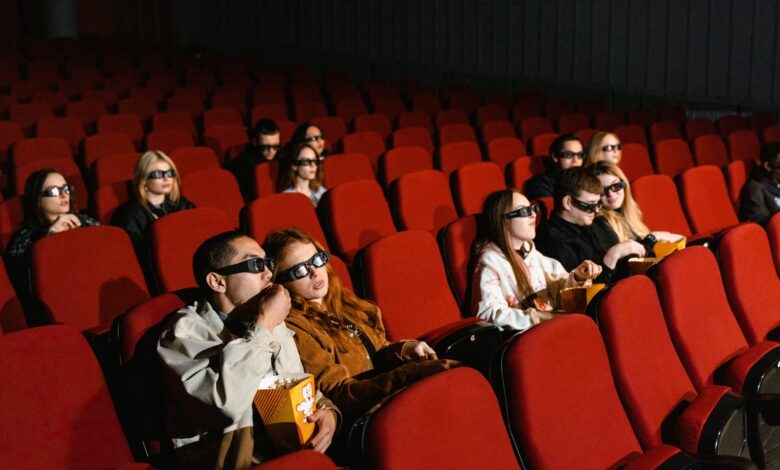
Entering the colder autumn months, we start to spend more time at home, especially in cities with heavy rainfall, such as Munich or London. Sitting down with a warm cup of tea or mulled wine and enjoying a movie is one of the things I look forward to most every year.
You might expect to see something along the lines of “Finding Vivian Maier” on this list, but you won’t. These films are selected based on more than just a famous photographer. I have tried to make this list unique, as there are dozens of articles with films dedicated to photography for you to explore. Besides that, I am a strong believer in having a niche in photography, but a well-rounded individual. Therefore, it’s a good idea to get inspiration from as many places as possible – at least something that isn’t a small bubble of photography.
Barry Lyndon
I love Stanley Kubrick’s work. He is a great master who can compose photographs, tell a story and evoke emotions deep within the audience. It’s almost like he’s putting human qualities under a magnifying glass to warn the audience about something. For a photographer, Barry Lyndon will show that you don’t need anything but the basics. Indeed, you just need to light up the photo and learn the basics of image creation. The rest will take care of themselves. This can be best seen in the way Kubrick is able to convey every detail through the screen: changes in weather, moods, textures and more, not to mention the way he zooms in. I wish I could zoom like that!
Dr. Strangelove or: How I learned to stop worrying and love the bomb
This is probably one of the best movies to watch if you like black and white photography. Notably, you should consider the ways Stanley Kubrick used lighting and composition to transform on-screen moods. While watching this movie, you should pay attention to the level of contrast and harshness of the shadows. It was as if Kubrick could create light and shadow on his own. Strangelove is constantly moving in and out of the light, which is best seen right before the final monologue he gives. Strangelove emerged from darkness to light in tandem with the nationalism that was emerging in the country at the time.
Grand Budapest Hotel
Color, wide angle and crop format. This film will be interesting to photographers because of Wes Anderson’s unmistakable use of color. Since the film technique is set in two periods, the 30s and 60s, the use of color differs significantly. While watching the movie, notice that the 1930s part is pink and relatively cooler when compared to the 1960s part, which is mostly orange and brown. The wide angle on the straight shot provides a sense of immersion. The high and low shots are also done using the wide angle lens, which makes one wonder: how were they able to get that composition? The answer is simple: clipping formats. There are three characters in the film, each representing a specific time. Perhaps the Grand Budapest Hotel is also a lesson in wide visual composition.
Blade Runner 2049
Unless you haven’t seen it yet, Blade Runner 2049 is a great choice for those who want to experience color theory like never before. It is often said that every color has a story behind it, just as music has a leitmotif. A certain color or lighting scenario can be associated with a character. In Blade Runner 2049, they come in yellow, orange, green, pink, and white colors. If you want to learn more about Ty’s psychology behind each tune, especially in fashion, I recommend buying Pantone about fashion. But, back to the movie.
From Blade Runner, we can see that yellow is the color associated with knowledge, orange for prudence, green for life, pink for innocence and romance, and white for innocence. real. It doesn’t take much analysis as to why these colors were chosen, as each tone (yellow bar) is already attached to its meaning. If you know why Deakins uses yellow for wisdom, let us know in the comments!
Moonlight
A rather touching if not heartbreaking film about the struggles a young man has to go through in an LGBTQ+ and black community. The film tries to paint a beautiful nightmare, with color, light and composition. As pleasing and beautiful as the tone of this film, they present a rather eerie scene. It pushes the limits of contrast, which can be a good lesson for those of you who want to add contrast to your images. To recreate the sun in Miami, the film had to show both the shadows while also trimming and illuminating the highlights. A lot of movies are shot with almost no light. As photographers, we are told to use fill light all the time, but perhaps that may not always be necessary. Another interesting aspect of Moonlight is the color grade. Since high contrast is used, colorists don’t have too much space to play with the color grade. Still, stills from this film can be used as a good reference for the colors in your own photos.
Stop thinking
These are just some of my own favorites. In fact, it’s just the beginning of a long list. Whenever watching movies, I recommend paying attention to the colors, clothes, camera angles and more. After all, they’re nothing more than moving pictures, although making 24 perfect shots every second for hours will be much harder than getting a good one in an hour.
I know that some photographers won’t find this list particularly appealing, which I say: if you have any suggestions, write them in the comments! I’d love to hear the movies you find yourself turning over and over again, whether it’s for their plot, their aesthetic beauty, or for some other reason.

